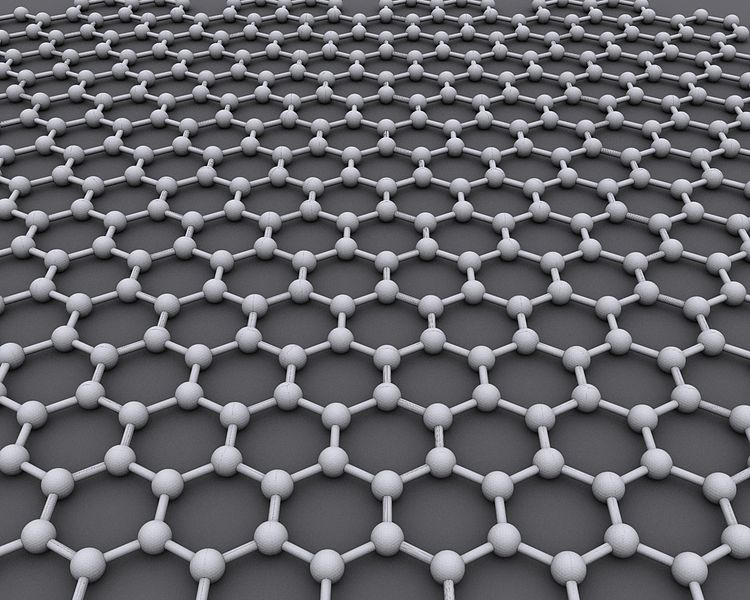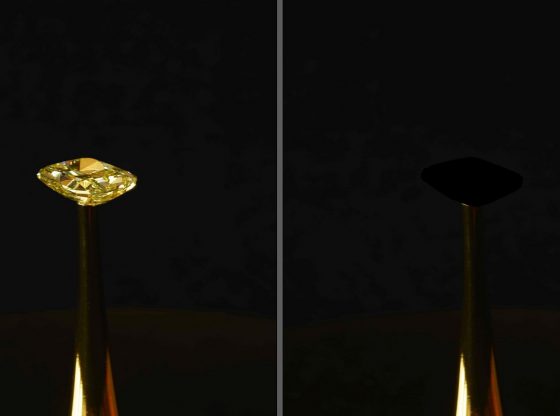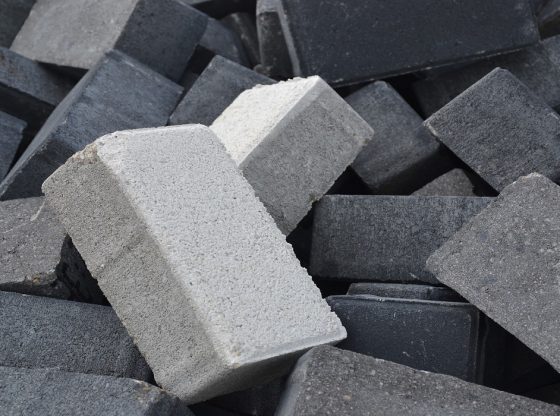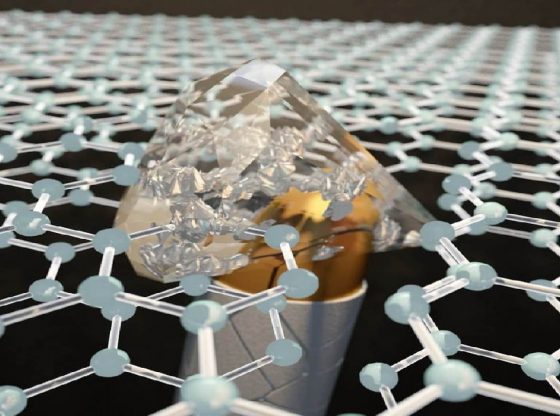
The industrial revolution with its mechanical energy and cheap iron and steel, the semiconductor revolution with silicon electronics – the question on many lips today is; will the next revolution be spelled graphene?
Better, Stronger, Faster
Many believe so, and graphene is truly a revolutionary material. A material composed of pure carbon, with atoms arranged in a regular hexagonal pattern in a one-atom-thick sheet.
Next to carbon nanotubes it’s the strongest known material on Earth. And compared to steel, it’s twice as hard and 200 times as strong. It is also 6 times lighter and conducts electricity better than copper. It does not corrode and is even transparent.
As if often the case, the material was discovered by accident by researchers at the University of Manchester back in 2004, The 2010 Nobel Prize in Physics was then awarded to Andre Geim and Konstantin Novoselov at the University of Manchester “for groundbreaking experiments regarding the two-dimensional material graphene”.
Replace Silicon?

There are many potential areas of both science and technology in which graphene could prove revolutionizing and two examples of the latter are bendable displays and transistors.
We have long been dependent on silicon chips for electronics. Silicon chips have its limits though and graphene nanoribbons may prove generally capable of replacing silicon as a semiconductor material. IBM has made great progress in graphene adaptation.
Today in terms of the size of transistors we are approaching the size of atoms which constitutes a fundamental barrier to continued gains in performance, thereby possibly halting Moore’s law (transistor count and thereby processing capacity doubling every 18 months). And graphene may mitigate some problems making us able to push the capacity a little further.
Johan Liu, a professor at the Chalmers Institute of Technology in Sweden, explains for Paris Tech Review; “In a computer, the hottest spots – microprocessors for the most – reach temperatures that range between 55 and 115°C (160 to 240°F). By applying a layer of graphene, we have lowered the average temperature of 13°C (55°F).”
A quite remarkable feat as heat is a major obstacle when making denser and denser electronics. And since heat is correlated to energy efficiency, it would effectively imply great cost advantages for data centers and computer equipment in general.
Construction Material
Using graphene as a construction material would truly revolutionize many areas, from transportation design to building construction and general engineering. It could be used for vehicles such cars and airplanes. Since being both lighter and stronger – with less mass – it makes for lower fuel consumption and safety.
On the further horizon are also medical adaptations being biocompatible, pacemakers, or prosthetics. Graphene might constitute next-generation solid-state capacitors that charge much more quickly than today’s offerings and could hold a charge for much longer. The material could usher in an age of ultra-powerful, lightweight batteries with far higher capacity than anything available today.
If would be great for solar cells since if by stacking a single layer of carbon atoms with a layer of molybdenum disulfide (MoS2), we get a poor solar cell with a performance around 1% – but since its infinitely small, one nanometer thick, it would generate 30 times more power per volume unit than the thinnest solar cells known today (made either of gallium arsenide, silicon, or indium selenide) – which are all around one micron thick with a performance near 30 %.
Graphene may be used together with other material, such as metal alloys, creating a kind of abilities not seen before. Since it burns at 3,000 degrees Celsius, far higher than many known metals, it could easily be used in alloy transmutations.
The Achilles Heel
Graphene remains one of the most expensive materials on Earth and the reason being is the limits of production. Scientist, innovators, and companies now flock to develop practical adaptations for production. And with more and more research into graphene now underway it will probably take some years before we see practicably applications of graphene – but you can be sure you will be hearing much more about this remarkable material in the future.
Check out the informative video above by the Vega Science Trust, an Educational Charity set up to promote science.






















